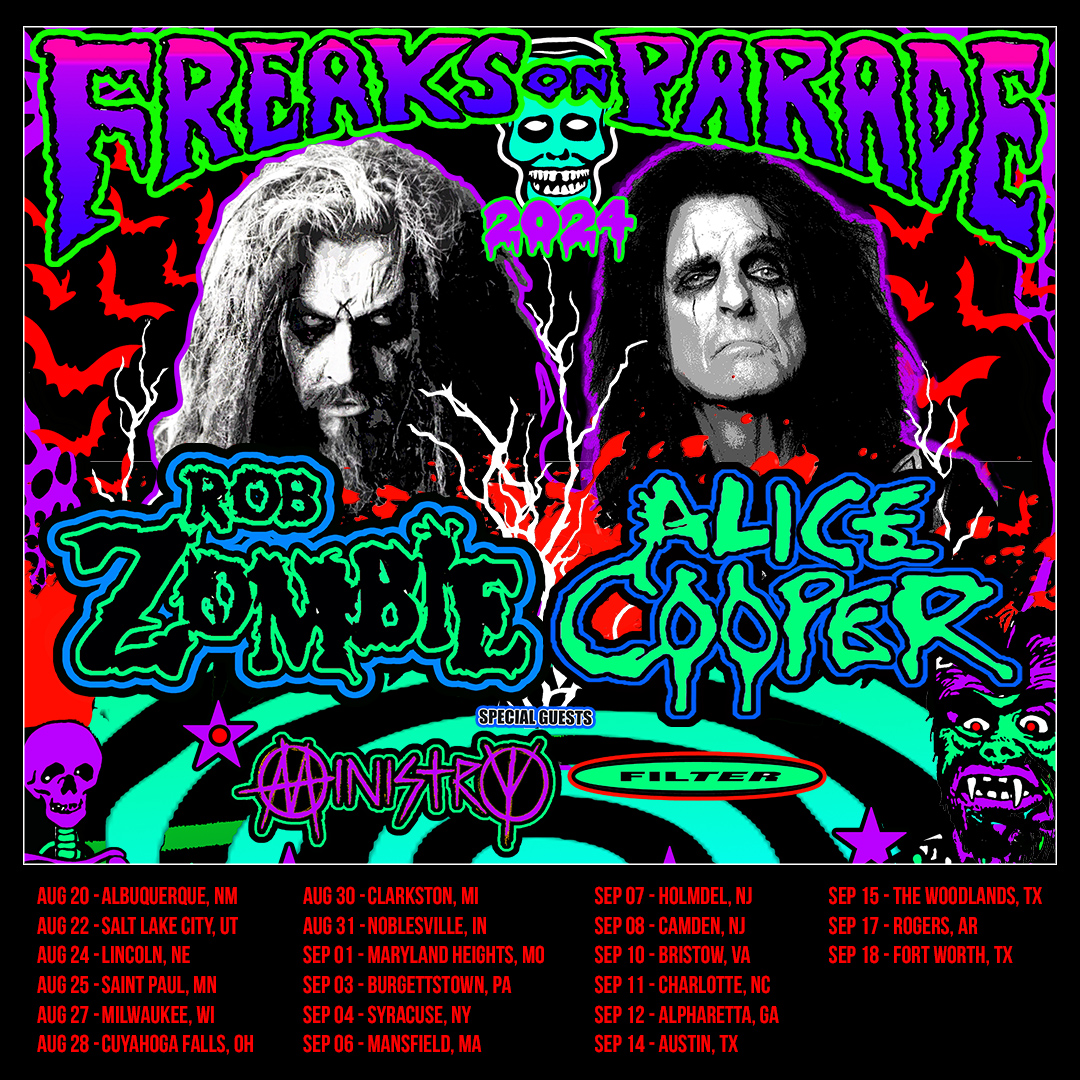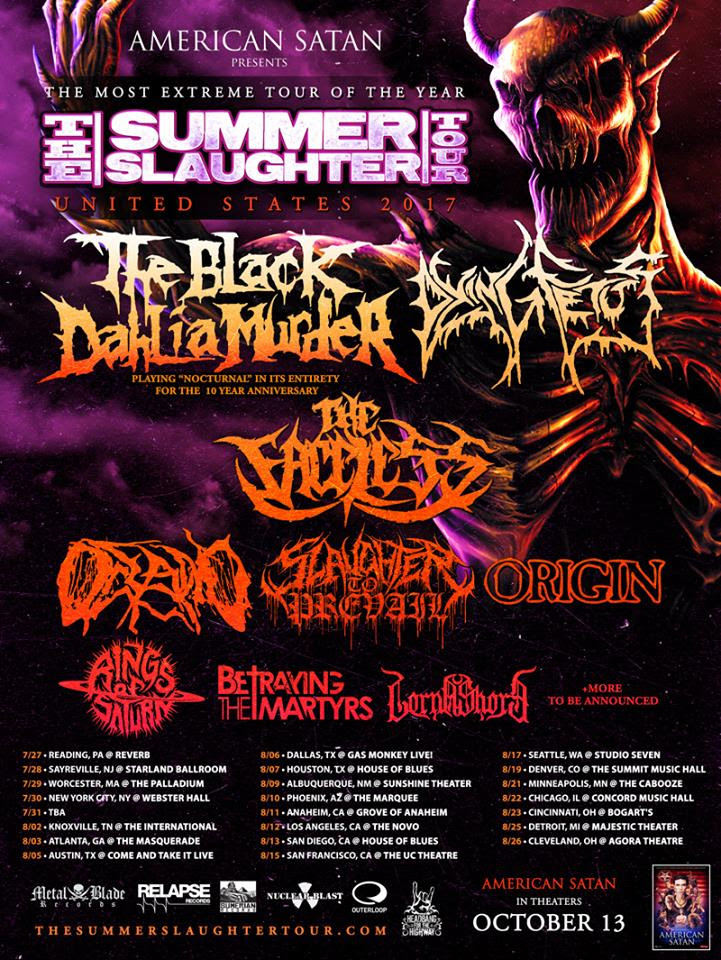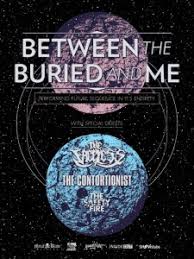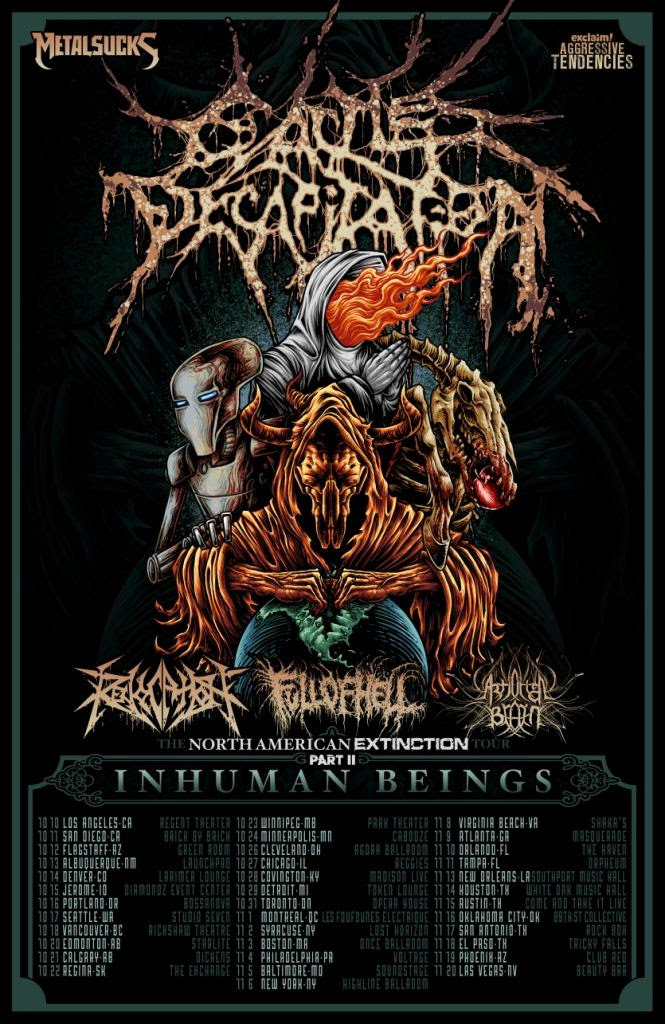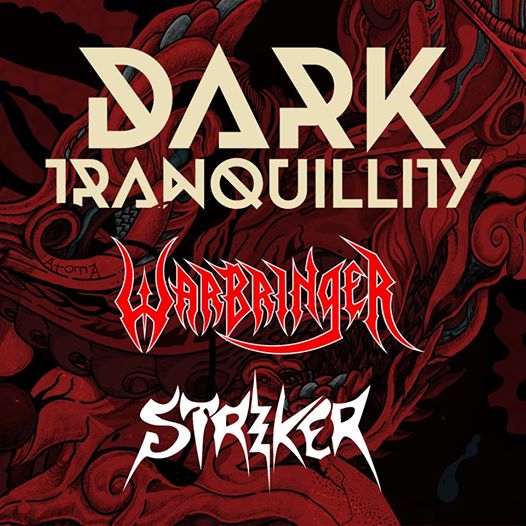Sigh Bio

Mirai - Vocals, bass, keyboards Shinichi - Guitars Satoshi - Bass Junichi Harashima - Drums
Genres
avant garde
Following the first wave of black metal bands in the early 80's such as Venom, Bathory, and Celtic Frost, many fans were immediately attracted to the black metal hotspot of Norway. The church-burnings, grave desecrations, suicides, and terrible crimes were definitely shocking, but rising from the east was a band with all the potential in the world and an imagination from that surpassed any other band trying to make a name for themselves. Hailing from Japan beginning was the now legendary band, Sigh.
Sigh was formed in 1989 in Tokyo, Japan when Mirai Kawashima, Satoshi Fujinami, and Kazuki met during their school years. At the time, Mirai played bass while doing vocals, Satoshi played guitar, and Kazuki played drums. As a new band, they played many cover songs, ranging from the many influences they had, including acts such as Celtic Frost and Venom. The band was usually playing for fun and having a good time, but as the years passed, Mirai's vision began to manifest itself into a phenomenon that no one has ever seen or attempted.
Sigh's first original material was released as a demo in the summer of 1990 under the name "Desolation." The three track demo were early versions of songs that would eventually make it into later releases of the band. However, according to Mirai, he considered their first demo to be rubbish and childish, which shows that his mindset is towards future progression. A few months after their demo release, drummer Kazuki made the decision to leave Sigh because of personal conflicts including the difference of musical tastes between he and the members. Kazuki's interest towards the band deteriorated quickly, and upon leaving, left the music world as well. Even if he had left Sigh during their early years, he did not go without leaving his mark, for he was the one who created Sigh's band logo, used on every full-length album to date.
After the sudden departure of Kazuki, Mirai and Satoshi decided to keep the band going, working on newer material. December of 1990 marked the second demo produced by Sigh called "Tragedies." For the demo, a new band logo was placed, but was immediately scratched off for the next coming releases. "Tragedies" consisted of 4 demo tracks and was the first to incorporate the piano, a well-known trademark of Sigh. The demo was later re-issued by Wild-Rag Records in 1991, who released it with an extra track called "Weakness Within, that would show up in the first full-length album. Although having the re-issue of the "Tragedies" demo was quite costly, Sigh wanted their name to be spread throughout the underground metal scene. Following their demo, Sigh released an EP that proved to catch the attention of metal fans. "Requiem For Fools" was released in 1992, and unlike the earlier demos, Mirai held the EP close to him. He considered it to be the first release he was actually satisfied with.
The "Requiem For Fools" EP immediately caught attention from a well-known individual of the black metal scene named Øystein Aarseth, or otherwise known as the Mayhem guitarist, Euronymous. Sigh's material impressed Euronymous and he immediately sign him to Deathlike Silence Production, causing somewhat of a friendship between Sigh and the Norwegian black metallers. With the new-found hype forming from their band, Mirai and Satoshi began looking for a permanent guitarist. Upon several auditions, Shinichi Ichikawa was finally chosen to be the new Sigh member. Many will remember Shinichi not just for his excellent guitar work, but the legendary Sigh cover of him in corpse-paint holding a katana. Following Shinichi's joining, Satoshi switched to drumming, while Shinichi played the guitar, and Mirai was left to do the vocals, bass, piano, and keyboards. Now being in full form, Sigh was ready to release their first full-length album.
Sigh began to work on their their first full-length album "Scorn Defeat" and the 8 track album released in 1993. Unfortunately, following Euronymous' murder, Sigh was forced to release "Scorn Defeat" on another label, Voices of Wonder. The album was the first rise of the corpse-paint for Sigh, and "Scorn Defeat" was a tribute to Euronymous. The original cover art was a disappointment for Mirai, and was switched with the legendary photo of Shinichi. "Scorn Defeat" became an instant classic, infusing raw black metal with keyboards, something that was seldom done during the time.
Sigh's first album was followed by many great accomplishments that surely played a role for their success. A Sigh track, "Ready For a Final War" off of "Scorn Defeat," appeared on the UK cd compilation "Blackened" and decided to release their "Scorn Defeat" again from Deathlike Silence in tribute to Euronymous. Finally, after a year of compilation appearances and a 7" Split with Greek band, Kawir, Sigh was ready to release the second full-length album. "Infidel Art," released in 1995, was a definite progression from "Scorn Defeat" and the first material that showed signs of the band's evolution. Another new direction in the album was that most of the songs were surprisingly long, ranging from 9-13 minutes. In "Infidel Art," each song became a classic, from "Zombie Terror" to "Suicidogenic," and the surprisingly funeral-doom track "Desolation." The album incorporated an even larger dose of synths and keyboards, producing more epic tracks. The album cover, which shows the legendary samurai known as Tairanokiyomori fighting off the souls of the dead who he had killed, was actually a painting that Mirai saw at an exhibition and truly felt it would fit the album perfectly. "Infidel Art" has become a well-known masterpiece, making it one of Sigh's most rare material to find.
In the next year of 1996, Sigh released material in tribute to Venom and a 14 track bootleg that featured many of Sigh's rare live performances called "The Eastern Forces of Evil Live '92 to '96." By 1997, Sigh was hoping to release a split album with fellow countrymen Abigail, but was unfortunately unable to due to Abigail's label preventing them from working with other record labels. Because of this, Sigh decided to release the split material as a mini-album entitled "Ghastly Funeral Theatre." The mini-album, although only about 24 minutes, is considered to many as their heaviest music yet.
In 1997, Sigh was preparing to release an album more unorthodox than anything they've ever did, going beyond the grim, raw black metal into a world of morbid, yet beautiful horror imagery. The 1997 full-length release of their third album "Hail Horror Hail" proved to be Sigh's definitive album in their career. Managing to combine their original style of black metal apparent in all their previous releases with classical, horror, and their own Japanese traditions. This album was by far their most evolved and with the evolution, Sigh also decided to drop the corpse-paint, due to the on-going trend of the black metal scene.
Following the shocking "Hail Horror Hail," problems began to rise between Sigh and their record label Cacophonous Records, who had signed the band to a 4 year contract beginning during "Infidel Art. The label did little to promote Sigh, which extremely upsetted Mirai and co. In attempting to find a new label, Cacophonous Records threatened to sue Sigh for breach of contract. Sigh, unable to do anything about it, decided to release their next and final album on the label. "Scenerio IV: Dread Dreams" released in 1999 proved to be another step forward Sigh, who had decided to try something almost completely different from anything else they have done. Thanks to the risk of experimentation, Sigh was able to release an album that was based on one's dreams, to which anything possible can happen in their music. The music was drenched with random, yet organized segments that introduced newer musical genres such as jazz and psychedelia. Everything on the album is truly unpredictable and one hell of ride.
Finally out of Cacophonous Record's grasp, Sigh was able to search for a new label and sent out promo tracks. With Sigh, becoming a big name, it was inevitable that a big-time metal label would sign them. Century Media signed Sigh to their label and the began working on their next, most unpredictable album yet. July 24, 2001 marked the release of "Imaginary Sonicscape," a powerful rollercoaster ride that shocked many fans. "Imaginary Sonicscape" leans heavily towards psychedelic pop, jazz, and even disco, combining it all with who Sigh has always been. With this album, however, it was hard to call them a black metal band anymore, which isn't really much of a problem. The psychedelic landscapes are both beautiful and shockingly unpredictable, causing the listener to be anxious as to what is coming up next. With this album, Sigh was pretty much well-known to everyone in the extreme metal scene.
After the release of "Imaginary Sonicscape," Sigh began doing U.S. tours and found a session bass player in Yasuyuki Suzuki, vocalist and bassist of Abigail. Sigh toured with both Khanate and Thrones in 2002 and Mirai even became a permanent band member of Necrophagia, working with the likes of former Immortal bassist, Iscariah. Sigh also did splits with both Necrophagia and Abigail, and did a tribute cover of Hawkwind's classic "Psychedelic Warlords." After this, Sigh was ready to work on their 6th full-length album "Gallow's Gallery," which came with changes to the line up: Junichi Harashima joined as the new drummer, while Satoshi moved back to bass. For the new album "Gallow's Gallery" released in 2004, the music departed from the more grim material and the harsh vocals from previous albums and proceeded to a more 'heavy metal' direction, or like some may say, Sigh's 'power metal' album. But the haunting atmosphere in the music was still apparent nonetheless.
Century Media actually did not want to release "Gallow's Gallery" on their label due to the album containing segments that applied sonic weapon techniques, which were expiremented during World War II. The album upon purchase shows a warning regarding these information, which may possibly cause harmful health complications. During the recording, Mirai was actually hospitalized do to these conditions, which caused "Gallow's Gallery" to delay for two years. Following "Gallow's Gallery," Sigh has been hard at work with many side projects and the recording of their new full-length album, which is set to release in the first few months of 2007.
Sigh has become a phenomenon in the extreme metal scene, managing to fuse different genres altogether. Their risks of experimentation proved to be the catalyst of their success, as fans were always anxious to see what crazy manifestations they have under their sleeve. Their new album "Hangman's Hymn" will pay homage to the German classical romantic composers and German thrash metal. It will be an album fans will never forget.
Click here to update bio


